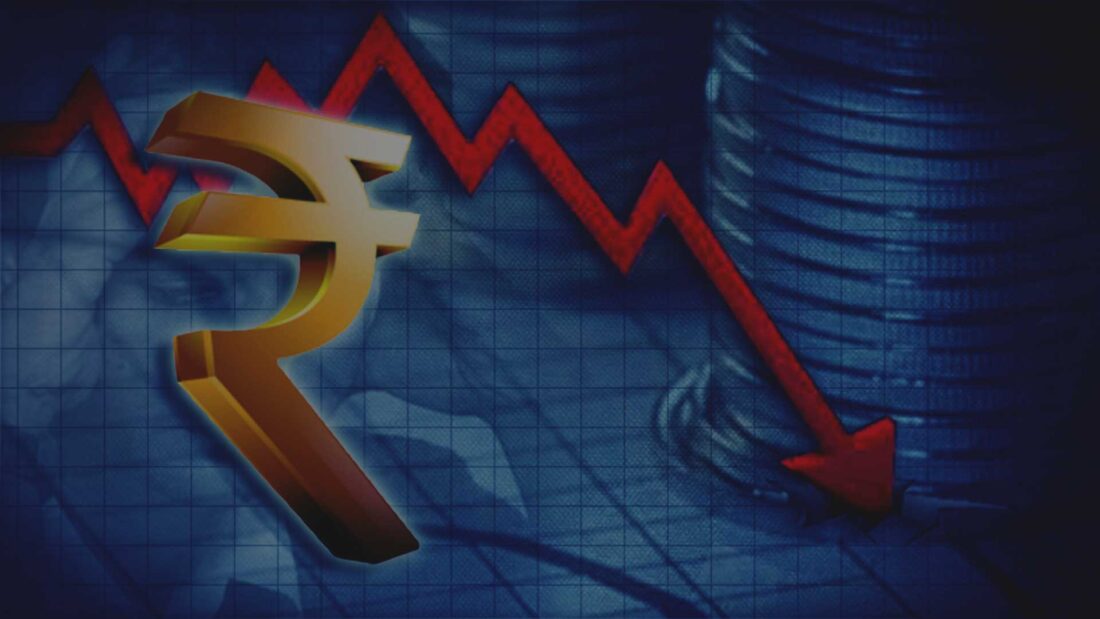Presently, India struggles with slow growth and high inflation.
On Thursday, the finance ministry said in its Monthly Economic Review that the Russia-Ukraine crisis presents a twin challenge to the Indian economy.
Furthermore, the ministry informed that the government sought affordable options to procure crude oil.
In January, the Economic Survey predicted the Indian economy to grow by 8-8.5% in 2022-23.
However, the persistent international crude prices could slow economic growth in 2022-23.
India’s struggle with slow economic growth
The finance ministry said in its report, “in the spirit of Atmanirbhar Bharat, that places national economic and security interests above any other consideration, government is exploring all viable options… to procure crude at an affordable price.”
“Affordability is desired as even the present level of international crude price, should it persist for a long time, may come in the way of India achieving a real economic growth rate north of *% in FY23.”
However, the ministry added that the impact of slow growth is “tolerable” given the domestic economic momentum.
Furthermore, the rising indirect tax collections and import of capital goods can help soften the blow of high inflation.
How will India cope with slow growth and high inflation?
Reportedly, before the war, Russia offered oil to India at $35 per barrel. New Delhi took up the offer.
However, since April 1, India’s bulk crude oil supplier – Brent Crude oil, has stuck at $105-106 per barrel.
The ministry also said that India might witness the consequences of a geopolitical crisis on the growth outlook.
However, the magnitude of the impact will depend on India’s economic resilience and ability to negate the effect.
Nevertheless, the government’s push on capital expenditure and improved corporate sector health could help India cope with slow growth and high inflation.
Furthermore, The Budget set aside ₹7.5 trillion for capital expenditure in 2022-23, which is 24% higher than in 2021-22.
What does the finance ministry say?
The report from the finance ministry also states that government projects like GatiShakti and Production Linked Incentive Schemes would bring in investments.
The report said, “these will combine with supply chains strengthened by structural reforms taken in the past few years to deliver high-post-recovery growth for the Indian economy.”
Furthermore, the government offered free foodgrain support for six months for the impoverished.
Additionally, improved labor force participation and increased employment could lead to steady growth.
However, the import surge in March due to a 20% rise in crude oil “does not portend well for the economy in the year ahead.”
Lastly,
As India struggles with slow growth and high inflation, it seeks to secure crude supplies.
India also aims to lessen the risk by seeking oil from Africa, South America, and West Asia.
Also Read – India’s economic recovery unrushed due to geopolitical crisis

2 Comments